This is winter damage, which often makes small leaf imperfections and leaf spots from the previous summer more noticeable. Winter damage is caused by cold winds and/or sunburn from the sun reflecting off of the snow. The plants that most frequently show winter damage are the broadleaf evergreens such as Rhododendrons, Holly, Camellias etc.
Because these plants have leaves that are scorched, the areas on the foliage that had some leaf spot damage from last summer are more evident. You’ll see dark spots, or white spots where the leaf tissue actually died last summer or fall and now is turning tan or white.
At this point there isn’t anything that you need to do – the plant will drop this scorched foliage this spring and will put on new growth. To help prevent leaf spot in the spring and summer, make sure that the plants aren’t getting hit with water from a sprinkler on a frequent basis, as this is a prescription for leaf-spot fungi. To help protect broadleaf evergreens in advance of winter you can use an anti-dessicant product in October, although in a really cold or snowy winter plants will still show some winter damage.
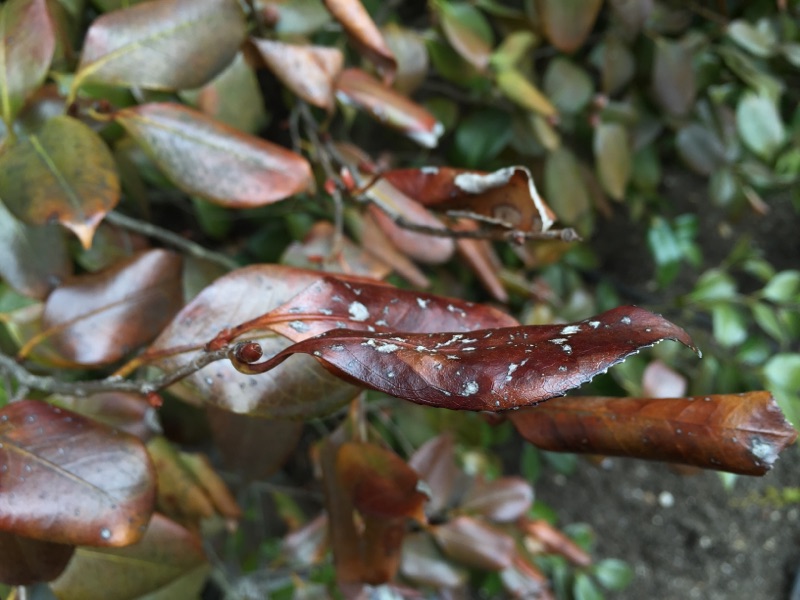
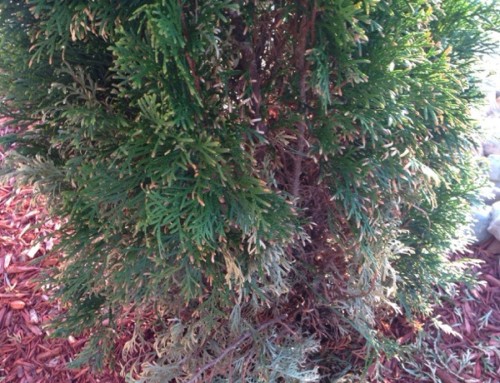
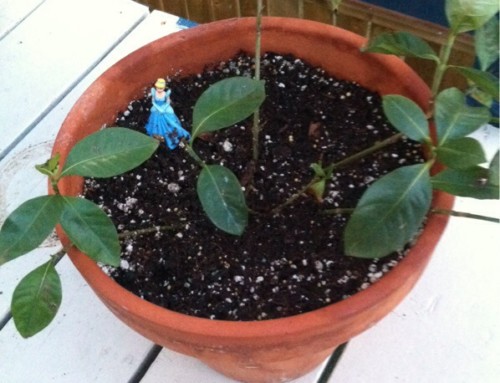
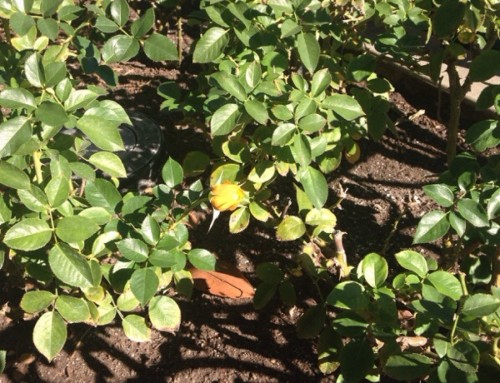
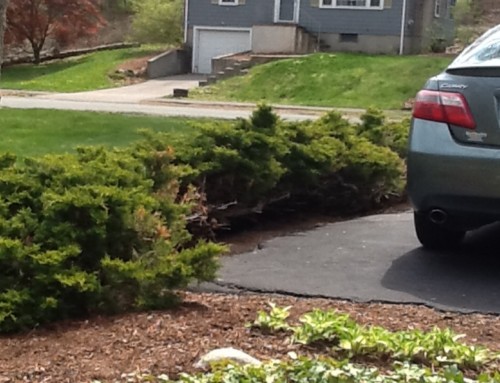
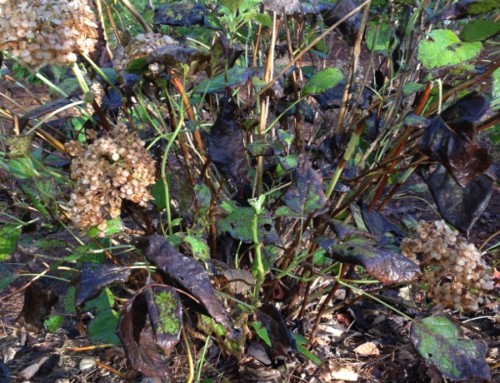
Leave A Comment